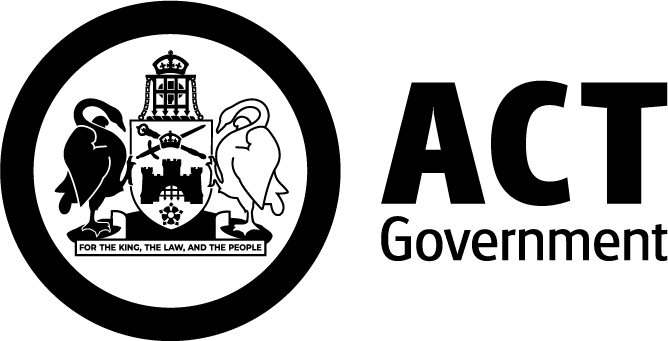Gula (Koala, Phascolarctos cinereus)

The Koala (Phascolarctos cinereus) is known in the Ngunnawal language as Gula (Winanggaay Ngunnawal language group). The term 'Gula' is used when referring to animals on Ngunnawal Country, and 'Koala' is used when referring to other populations or the species more generally.
Description
- The Koala is a marsupial that lives in trees.
- It has a sturdy body, large fluffy ears, sharp claws and mostly grey fur.
- It eats a variety of eucalyptus leaves.
- It breeds between October and May and has 1 joey at a time.
- Females can start having joeys at 2–3 years old.
- Females can live up to 15 years and males up to 12 years.
- Its generation length is 6–8 years.
Find out more about the Koala on Canberra NatureMapr.
Where to find them
Koalas are native to Australia and found from north-eastern Queensland through the eastern states to South Australia. Koalas live in temperate, subtropical, and tropical forests, in areas with eucalypt trees.
Prior to European settlement, Koalas were considered common in the ACT. Due to hunting and habitat loss, they are now rare. In the 1930’s, a captive koala population was set up in Tidbinbilla Nature Reserve. Visitors to Tidbinbilla can see these koalas and learn about the species.
During the summer of 2023–2024, Koala bellows (males calling during breeding season) were recorded in southern Namadgi National Park and Googong. More recently, a Koala has been seen in the north of the ACT.
Conservation threats
The main threat to the Koala is habitat loss and destruction. Other threats include:
- wildfire
- climate change
- being hit by vehicles on the road
- attacks from domestic animals such as dogs
- diseases such as Chlamydia and Koala Retrovirus.
Conservation status
- International – Vulnerable (International Union for Conservation of Nature Red List).
- National – Endangered (Environment Protection and Biodiversity Conservation Act 1999).
- Australian Capital Territory – Endangered (Nature Conservation Act 2014).
Conservation actions
Conservation aims to protect and restore Koala populations in the ACT include:
- find and monitor Koala populations in the ACT
- check habitat quality, size, and connections to see how many Koalas the ACT can support without harming other ecosystems
- include Ngunnawal vision and values protect and restore Koala habitat work alongside other jurisdictions, such as the Commonwealth and the State of NSW, to contribute to national-scale programs (e.g., the National Koala Monitoring Program).
